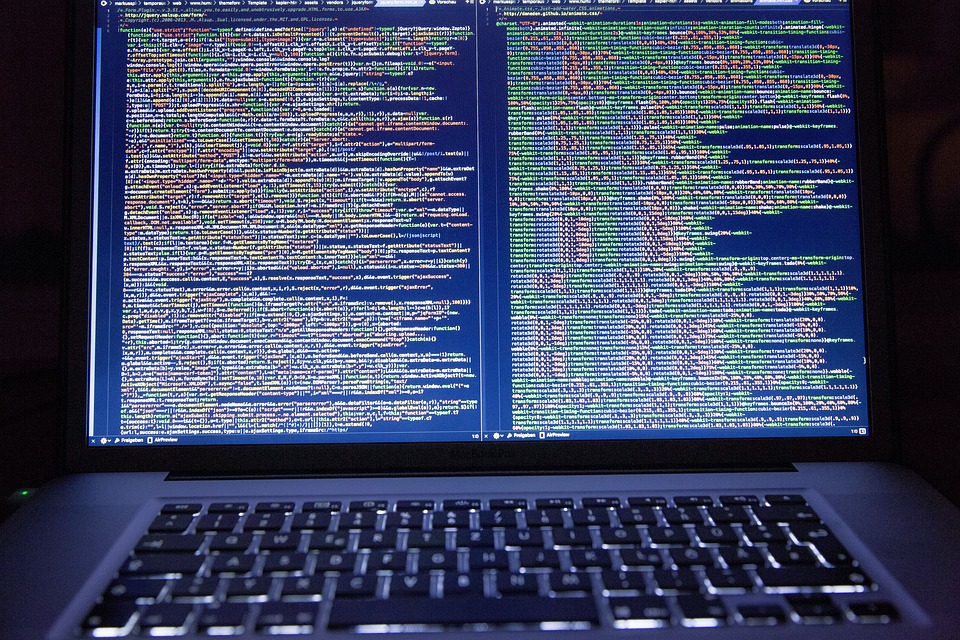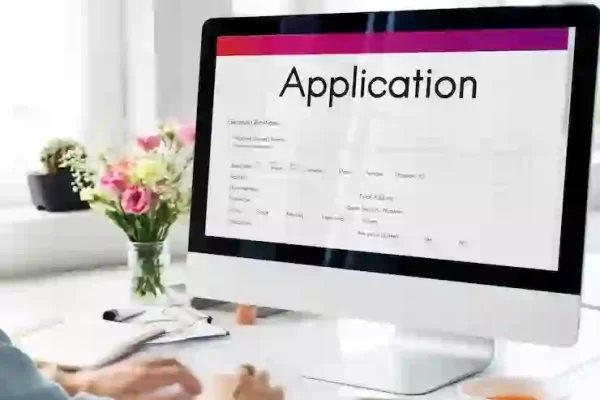Printed circuit boards are an essential part of the modern hardware hacker’s inventory. If you’re serious about making and modifying your own electronics, learning how to design and produce PCBs is a must. Hopefully, you are already familiar with the fundamentals of PCB design. If not, save this page for later! Visit here
The following tips are aimed at those who already have some experience in producing their own PCBs, or who have spent long enough working with other people’s PCBs that they know them inside out. These tips will help you to take your PCB design and production to the next level.
Change the Width of Lines According to the Current They Carry
The more current that is flowing through a board, the more heat there will be. Similarly, if you try and push the same current through a thinner wire, it will be hotter than it would be flowing through a thicker wire. Heat dissipation is a key consideration when you’re designing a PCB; make sure that your most demanding components are positioned so that you can use wires as thick as possible to carry the current. You can use this helpful online calculator to decide how wide your wires should be.
Know the Manufacturer’s Specifications
Different manufacturers will use different specifications. This applies to every component of your PCB, as well as the board itself. Familiarising yourself with the way that different manufacturers produce their components and what their specifications are will make it easier to pick out the right components for a given project. Once you understand the difference between different manufacturers’ products, you will be able to choose the best manufacturer for the particular project you are attempting.
Avoid Right Angles with Your Traces
You might not have thought about it before, but whenever you see a circuit board, the tracer lines will rarely, if ever, turn at a full 90-degree angle. Instead, designers use less dramatic angles for a gentler turn, using two 45 degree bends instead of a 90 degree one, for example. Check out this article on PCB layout design for more information.
Utilize the Silk Layer
The silk layer is often overlooked, especially by newer designers, but it is one of the most important parts of PCB design. The silk layer can be used to label the components on your board and add any other information you think is useful. For example, you might want to use the silk layer to indicate a version or revision number, or even to hide the name of the board’s designer, you.
Use Bypass Capacitors
Bypass capacitors enable you to filter AC components from a constant power supply. Bypass capacitors will also reduce the amount of electronic noise on your board and other unwanted signals. They achieve this by automatically bypassing AC fluctuations and passing them to the ground layer, hence their name.
The best way of advancing your PCB design skills is to simply design and use more boards. The above tips are worth bearing in mind as you begin to move towards more advanced PCB design, but you should also try and come up with some of your own. As you become more experienced, you will naturally develop your own workflow and processes.











